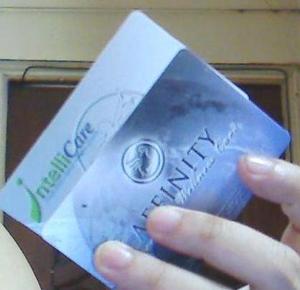“I want to set stones in my jewelry.” “How can I solder sterling silver and make cuff bracelets? Can I use a soldering iron?” “What’s fusing?” These are a sample of the questions I get from students eager to learn the basics of creating their own soldered sterling jewelry. Since terminology is a bit confusing, I have created this article to offer a bit of background and serve as a starting point for your venture into jewelry soldering.
Demystifying Confusing Vocab (a little):
A. Fusing: Heating 2 metal surfaces until both surfaces liquefy and flow into one another. Also known as welding.
B. Soldering: Using a metal that melts at a lower temperature (solder) to join 2 pieces of metal. The general process involves heating everything until the low-temperature metal (solder) flows and creates a bond between the 2 surfaces. The solder melts first, there is no liquefying of surface metals.
1. Low Temp soldering: (sometimes called “soft soldering” or “tinning”) Uses metal (zinc, lead, tin) that melts at very low temps (350- 450 degrees F), and can be melted with a soldering iron. The solder acts as a glue between the 2 metal surfaces. Common uses: circuit board/electronics, stained glass.
2. High Temperature soldering: (also called “brazing” or “hard soldering”) Hard solder is made when you mix the metals you wish to join with a small amount of low melting point metal (zinc, tin) to form a metal mixture (an alloy) for solder. The more zinc, the lower the temp at which your solder melts. Hard solders for silver melt at higher temperatures above 1200 degrees F, and require a torch to reach melting temperatures. Molecules of hard solder actually penetrate between molecules of metal, making a strong bond that can be filed flush instead of requiring a bump of ‘solder glue’.
Future references to “soldering” refer to #2 above, high temperature soldering, or brazing, for jewelry making, and are specific to sterling silver. This is the type of soldering you’ll be doing if you are making silver or gold jewelry.
(Melting Point Sterling Silver – 1640 F)
• Hard – 1550 F
• Medium – 1450 F
• Easy – 1350 F
Temperatures given above are approximate; each company creates solders that melt at slightly different temperatures. Each grade of solder in the above list contains less sterling silver than the harder grade before it, so that hard solder is the closest in color and quality to the sterling silver you are soldering.
Why 3 grades of solder? Commonly, we use hard solder for the first steps of soldering, then switch to medium solder for the next steps, to help us avoid re-melting previous solder seams. Easy solder is frequently saved for final tasks, such as soldering a finding (pin, clasp, or bail) to the piece.
Also available: IT solder (“extra hard”), and extra easy (or easy flow). Neither is commonly recommended for normal fabrication. Easy flow is more commonly used in repair work, and IT in situations where a piece is likely to be re-heated to a very high temperature before fabrication is complete.
Gold, platinum, and other metals each have their own solders, created to melt at temperatures appropriate to the metal.
Solder is sold in 3 common forms:
• Sheet: Old stand-by. Make a series of parallel snips with fine cutters, cut across to create snippets.
• Wire:My personal preference. Roll in mill or flatten with hammer to thin and flatten, snip pieces off as needed.
• Paste: Good for some applications, filigree. I find it inconsistent; large seams may be rough, and tend to pit (personal opinion only!)
Sheet and wire solder should be carefully marked to differentiate them from regular sheet and wire, which look just the same. Many people bend the edges of their wire solder to ID it (1 bend for easy, 2 for medium, 3 for hard), or color their sheet with colored sharpie marker.
For further information, look for tutorials and articles here:
www.silvervinejewelry.com
www.silvervine.etsy.com



